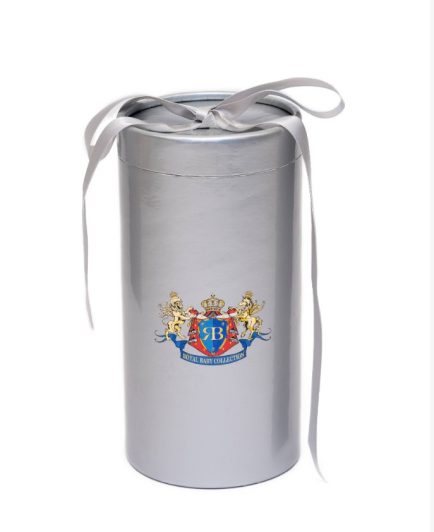Getting your body back after having a baby is not as hard as you might think. Research shows that starting a regular exercise program soon after giving birth is not only good for your overall health, but may also help reduce the risk of postpartum depression. Every pregnancy and delivery are different, so check with your doctor before engaging in any workout program after giving birth. If you experience any heavy bleeding, excessive soreness, headaches, or other unusual symptoms during or right after exercising, stop immediately and call your doctor for advice. Here are some moves that will help you get your body ready for regular exercise.
- Walking
Why It’s Good For You: It may not sound like much of a workout, but walking is one of the simplest ways to ease into a fitness routine after giving birth. How It’s Done: Start with an easy stroll. Eventually you’ll work your way up to a pumped-up power walk. But a gentle walk can still do wonders for you and your body, especially in the beginning. Bringing baby along in a front pack will add extra weight that can increase the benefits. For a variation, try walking backward or walking in a zigzag pattern to help keep your muscles guessing. You should not include baby in this activity until you’ve mastered it and are certain of your balance.
- Deep Belly Breathing With Abdominal Contraction
Why It’s Good for You: This exercise is so easy you can do it an hour after giving birth. It helps relax muscles, and it starts the process of strengthening and toning your abs and belly. How It’s Done: Sit upright and breathe deeply, drawing air from the diaphragm upward. Contract and hold your abs tight while inhaling and relax while exhaling. Gradually increase the amount of time you can contract and hold your abs.
- Head Lifts, Shoulder Lifts, and Curl-Ups
Why They’re Good For You: These three movements help strengthen back muscles. They also tone the tummy and abs and burn calories.
How They’re Done:
Head lifts: Lie on your back with your arms along your sides. Keeping your lower back flush to the floor, bend your knees with your feet flat on the floor. Relax your belly as you inhale. As you exhale, slowly lift your head and neck off the floor. Inhale as you lower your head back down.
Shoulder lifts: When you can do 10 head lifts with ease, try this move. Get in the same position you did for head lifts. Inhale and relax your belly. As you exhale, raise your head and your shoulders off the floor, reaching your arms and hands toward your knees.
If this strains your neck, fold both hands behind your head, but don’t pull on your neck. Inhale as you lower your head and shoulders back down.
Curl-ups: When you can do 10 shoulder lifts, move on to this. Start in the same position on the floor. Lift your torso until it’s about halfway between your knees and the floor behind you. Reach toward your knees and hold for 2 to 5 seconds. Then, slowly lower yourself down.
Don’t forget to breathe. Exhale when you exert. Inhale when you relax.
- Kneeling Pelvic Tilt
Why It’s Good for You: This aaahh-inspiring exercise helps tone your tummy. Strengthening your abs can also relieve back pain. How It’s Done: Start on all fours, toes touching the floor behind you, arms straight down from your shoulder line, palms touching the floor. Your back should be relaxed and straight, not curved or arched. As you inhale, pull your buttocks forward, tilting your pelvis and rotating your pubic bone upward. Hold for a count of three, and release.
- Kegels
Why They’re Good for You: This classic exercise will help you tone bladder muscles and help reduce risks of incontinence associated with childbirth. The more kegels you do, and the longer you hold them, the better control you will have over those leaks caused by sneezing, laughing, or picking up your baby. How They’re Done: Your goal is to contract and hold the muscles that control the flow of urine. To get which muscles they are, start by doing the exercise while you use the bathroom. As you urinate, manipulate your muscles until the stream temporarily stops. Then release and let the urine flow. Remember what that feels like, and when you’re not urinating, contract, hold, and release those same muscles. Try to do this 10 times per session, three times a day.
- Bonus Workouts for Baby and Mom
It can be hard to find time away from your baby in the early months, so try these exercises that you can do with your infant. Take caution when completing them. You may want to practice first using a doll or a rolled-up blanket or towel that’s the same size as your baby. Do the moves full-out only when you’re certain there’s no danger of dropping your baby. Make sure you’re fit enough, and have a good enough sense of balance, to assure your and your baby’s safety.
The baby glider: Holding your baby close to your chest, do a forward lunge with your left leg (take a big step forward and bend your knee). Don’t let your toes go past your knee. Then return to starting position and lunge with the opposite leg. This will help strengthen your legs, back muscles, and core. Repeat 8-10 times on each side.
The baby bouncer: This move is similar to the baby glider, but instead of forward lunges, do side lunges — stepping to the side instead of to the front — and do a squat. Reach back with your behind as if you’re sitting in a chair, keeping your knees over your ankles. Repeat 8-10 times to each side.
Rock-a-baby squats and curls: Stand with your legs shoulder-width apart. Holding your baby tight and close to your chest, squat down, allowing your baby’s feet to touch the floor. As you rise up, bring the baby closer to your chest. Repeat 15 times. Note: You should do this exercise only when your baby is at least 10 to 12 weeks old.
Original article: https://www.webmd.com/parenting/baby/6-exercises-for-new-moms#1































Comments